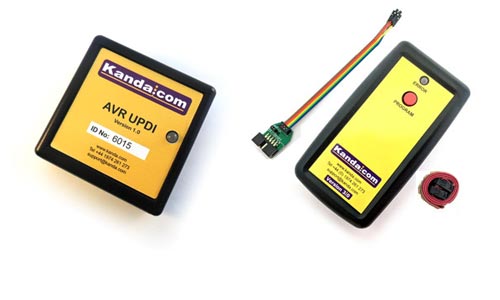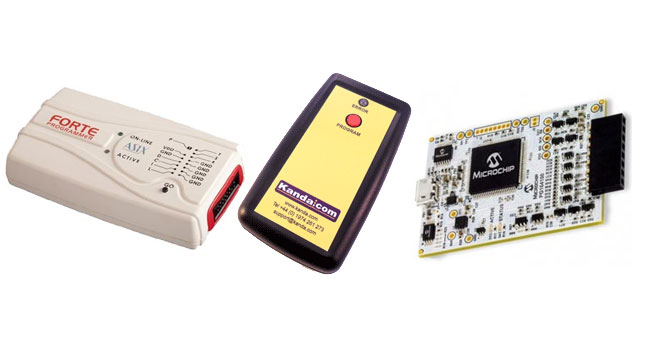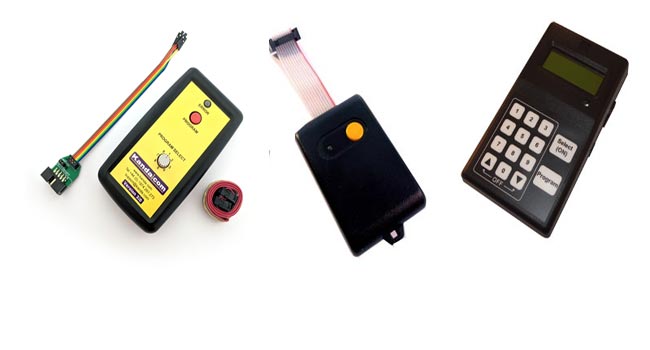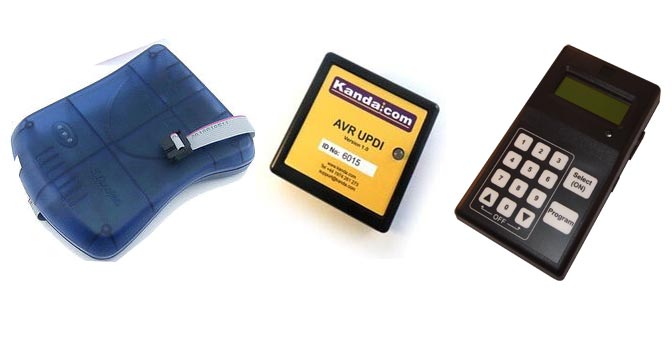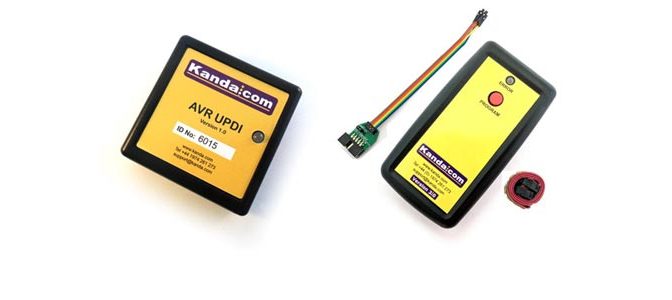Choosing thecorrect AVR programmer depends on the requirements of your project, budget and your experience level. There are a number of factors to consider when making your decision.
Continue reading “How to Choose an AVR Programmer” »Category Archives: Microcontrollers
Choosing a PIC Programmer
Choosing the right PIC programmer depends on your project’s requirements, budget and your experience level. There are a number of factors to consider when making your decision.
Continue reading “Choosing a PIC Programmer” »What is a Standalone Programmer?
A standalone microcontroller programmer is a device that can be used to program microcontrollers without the need for a computer. This makes them ideal for use in portable applications, or for programming microcontrollers that are not easily accessible by a computer. They also simplify production tasks as the operator can be relatively unskilled.
Continue reading “What is a Standalone Programmer?” »Atmel AVR TPI Programmer Selection
Atmel, now Microchip, have been moving away from AVR ISP programming method for some time. All the latest AVR microcontrollers now use UPDI programming interface but some ATtiny chips used TPI interface, which is discussed here.
Continue reading “Atmel AVR TPI Programmer Selection” »Choosing a Standalone Programmer
What is a standalone Programmer? This is a programmer that is loaded from a PC or laptop but once loaded, it is completely portable and does not require a PC to operate. So, how do you choose one?
Continue reading “Choosing a Standalone Programmer” »AVR UPDI Programmer
Microchip, who took over Atmel, have pushed UPDI as the preferred programming method for AVR microcontrollers. All the latest devices use this interface for both debugging and programming – UPDI means Unified Programming and Debug Interface.
Continue reading “AVR UPDI Programmer” »All You Need to Know About AVR ISP, UPDI, JTAG, PDI and TPI.
AVR microcontrollers were first introduced almost 30 years ago and since then there have been a few changes, especially since Microchip absorbed Atmel. The AVR was one of the first microcontrollers to have onboard flash memory that could be electrically erased and reprogrammed and this enabled the introduction of In System Programming or ISP.
Read more: All You Need to Know About AVR ISP, UPDI, JTAG, PDI and TPI. Continue reading “All You Need to Know About AVR ISP, UPDI, JTAG, PDI and TPI.” »How to use Kanda standalone programmer for ATE
Kanda standalone handheld programmers, for AVR and PIC microcontrollers, are really simple to use. Once loaded from PC, you just select the correct slot and press the button. Now we have made it easy to add this simple operation to your ATE system.
Continue reading “How to use Kanda standalone programmer for ATE” »AVR High Voltage Programmer
The only way to re-enable Reset or SPIEN fuses on some older AVR chips like ATtiny13A, to allow them to be reprogrammed, is to use High Voltage programming (HVP) method. This was available on AVR Dragon, STK500 and STK600 but since these have been discontinued, there is a lack of suitable programmers.
So, what is now the best solution for AVR High Voltage Programming?
Continue reading “AVR High Voltage Programmer” »Move from Atmel Studio to MPLAB X IDE
Microchip took over Atmel some years ago and are slowly eliminating the Atmel brand. One of the major legacies from Atmel is their Atmel Studio development environment but its days may be numbered.
Continue reading “Move from Atmel Studio to MPLAB X IDE” »
